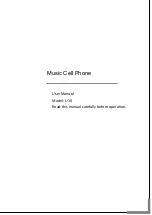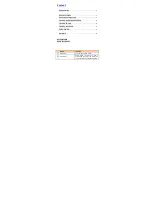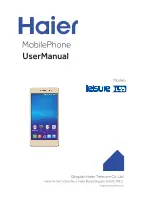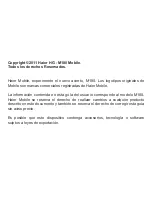
Room Design and Layout
A - 11
delays)—will be recognized by the echo canceller as “new audio information,”
and it will send those distortions to the far-end, perhaps wreaking havoc on
the system audio quality. In short, speaker power should be matched to
overall audio subsystem power. The speakers should provide adequate
coverage and be able to present approximately 80 to 85dBA-SPL (continuous)
at the local site with the system operating at nominal power utilization, and
have a peak reserve of 15 to 20dB before distortion.
Range/Frequency Response
The human ear is able to hear sounds in a very wide range of frequencies (as
low as 70Hz and as high as 12,000Hz). The human voice is able to produce
sounds in a narrower range (100Hz to 8,000Hz). Most spoken communication
occurs, however, in a range that is only 150Hz to about 6,000Hz. This means
that we need to select speakers that operate with ideal performance in a fairly
narrow range for human voice (as opposed to speakers used for music, that
may have ranges of 20Hz to 20,000Hz). We must also be alert to the crossover
characteristics of the speakers we select. Many coaxial and paraxial speakers
have their crossover within the middle audio frequencies, thereby inducing
potential distortion within the spoken frequency range and creating anomalies
within the system that hinder voice communication.
Video Elements
As a general rule, any display used in a videoconferencing environment
should be sized for the number of attendees, the physical distances involved
and the type of material presented onscreen. The screen size should allow for
clear and easy viewing at the various distances experienced within the room.
A measure of required screen size that often is applied to projection
technology is: no closer than 1.5 times the diagonal measure and no farther
than 7 times that measure. Nobody should have to sit closer than 2 times the
screen diagonal measure, nor farther than 8 times that measure.
Direct viewed tube-type displays (monitors) almost always are sharpest and
brightest in a videoconferencing environment. “Retro-projector cabinet”
displays (which look like largescreen TVs) are next in sharpness and
brightness, and “front-screen” projectors come in last. Glare and uncontrolled
ambient room lighting adversely affect the quality of the image most with
front-screen projectors and least with direct view tubes. A very limited
number of frontscreen projection systems have sufficient brightness and
contrast to be useful in a properly lit videoconference room.
Summary of Contents for VSX 7000s Series
Page 169: ...System Commands 4 93 exit Ends the API command session Syntax exit ...
Page 390: ...Integrator s Reference Manual for the VSX Series A 14 ...
Page 400: ...Integrator s Reference Manual for the VSX Series C 2 ...
Page 406: ...Integrator s Reference Manual for the VSX Series E 4 ...
Page 410: ...Integrator s Reference Manual for the VSX Series F 4 ...
















































